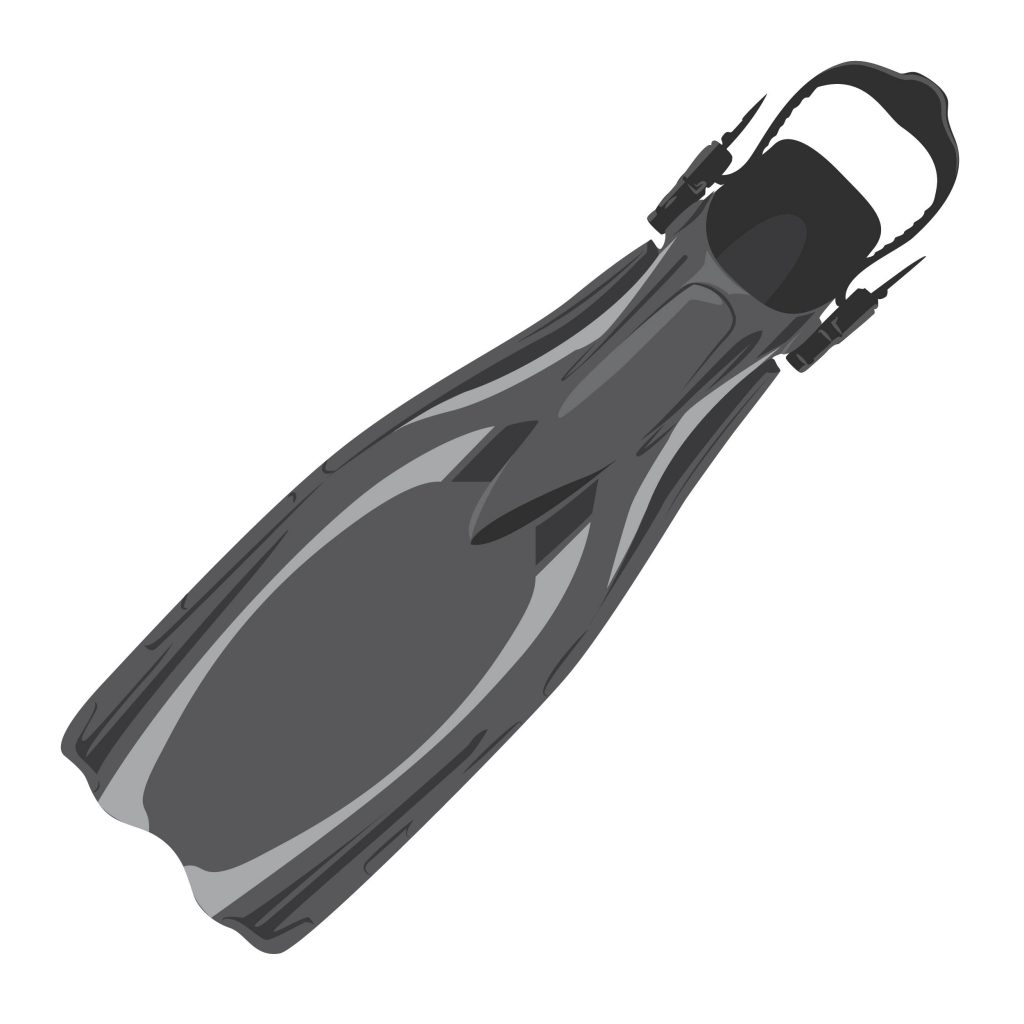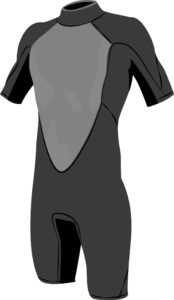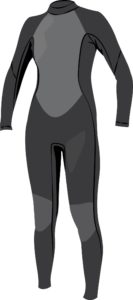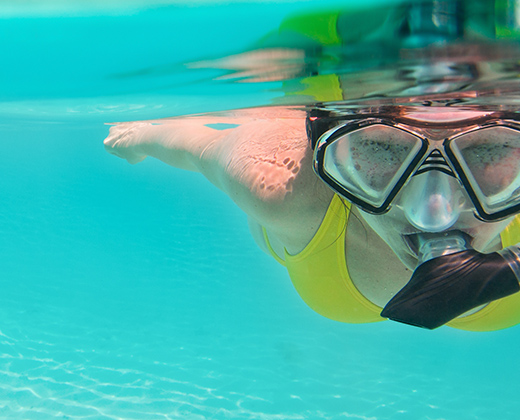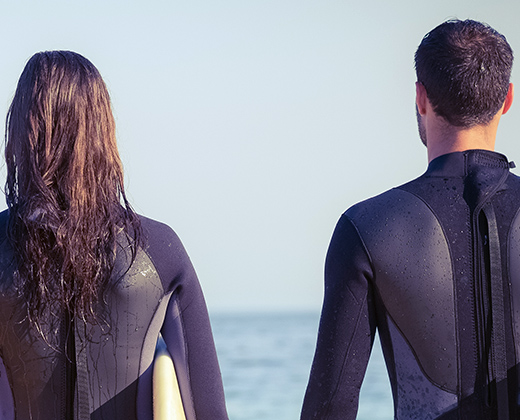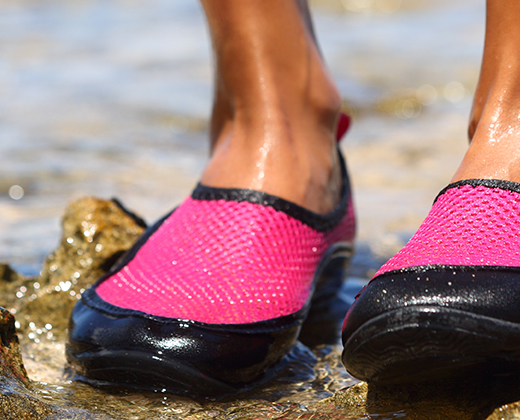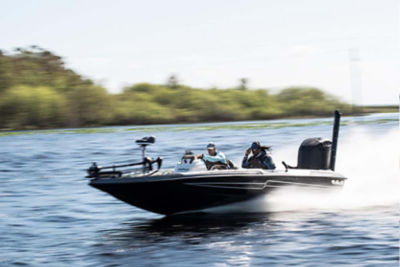How To Buy Snorkeling Equipment
Take in the view beneath the surface with high-quality masks, snorkels, fins and wet suits. Before you take the plunge, learn more about the equipment you need.
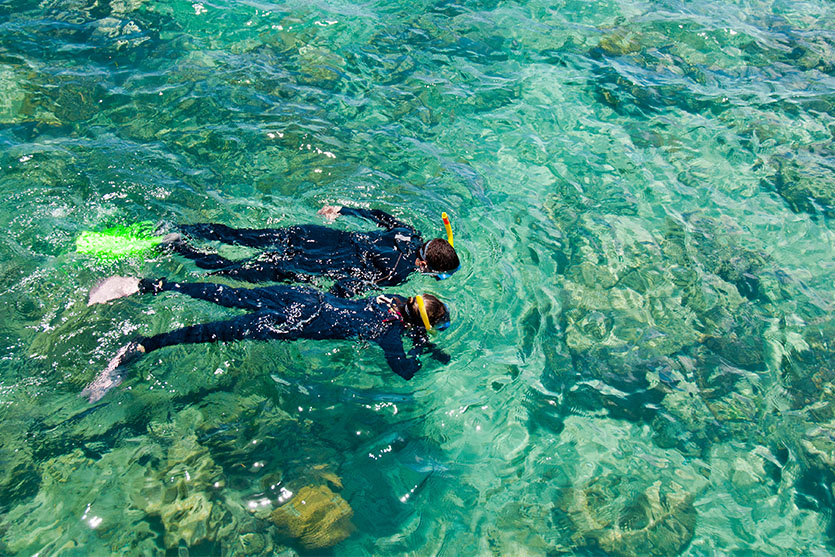
Dive in with performance snorkeling equipment. You can take in the view beneath the surface with high-quality masks, snorkels, fins and wet suits. Before you take the plunge, learn more about the equipment you need.
SNORKELING MASKS
The snorkeling mask is the most important piece of equipment to buy and fit correctly. An ill-fitting mask could lead to water leaks and general discomfort.
MASK FIT
It’s important that your mask fits correctly. The right fit it prevents water leaks and unnecessary tightness while snorkeling. Here are some guidelines on getting the right fit:
- Pull the straps over the top of the mask and try the mask on your face, without putting the strap around your head. Make sure the mask does not press too tightly on your face because water pressure will push the mask inward slightly.
- If your mask passes the suction test, place the mask strap high on the back of your head, not resting on the ears. Make sure the mask fits comfortably while adjusting the straps — not too tight, but not too loose. It should be comfortable and not painful.
- Once you fit the mask to your face, try it with the snorkel in your mouth. Make sure the seal does not break after using the snorkel.
- Make sure the mask isn’t too narrow and properly fits around your eyes — same with the nose. Make sure the mask doesn’t press too tightly on your nose or between the eyebrows.
- Inhale through your nose to suction the mask to your face, and release your hands. The mask should stay on your face without continuing to inhale.
Proper mask-fitting comes down to sealing and comfort. Make sure the mask is properly sealed on your face, but not so tight that it leaves marks or causes discomfort.
SNORKELING FINS
Snorkeling fins help you swim faster against the current and protect your feet from rocks and coral beneath the surface. When selecting your fins, think about comfort. Your fins should not cause marks, rubbing, chafing or discomfort.
FIN TYPES
Open-Foot Snorkeling Fins
- Open-foot fins are constructed with a soft, rubber foot pocket for comfort. You have the option to wear a snorkeling boot, which may improve comfort and provide warmth in colder or deeper waters.
- These types of fins tend to be slightly heavier but easier to size up since they are adjustable at the heel.
Closed-Foot Snorkeling Fins
- Typically costs less than open-foot fins, and you don’t have to purchase snorkeling boots because your foot is completely covered by the fin itself.
- Weighs less and is more flexible — preferred fin for traveling to distant locations.
Swimming Fins vs. Snorkeling Fins
The main difference between a pair of swimming fins and snorkeling fins is the length of the fin. Swimming fins are shorter and ease up pressure put on the knees when kicking through the water.
Snorkeling fins are longer, and despite requiring a more strenuous effort to move, propel you faster through waters with any sort of current.
SNORKELS
Your snorkel enables you to breathe while swimming face-down in the water. Snorkels have a soft mouthpiece that is fully equipped to seal out water. It attaches to the side of your face mask allow you full mobility while swimming.
Basic Snorkel
- Simple, tube with a silicone mouthpiece allowing the user to breathe with their face down in the water.
- Specifically shaped to fit the contours of the face and position the airway above of the water’s surface
Semi-Dry Snorkels
- The valve at the top of this type of snorkel has a guard that redirects splashing water away from entering the tube.
- A preferred snorkel for those that plan to stay at the surface.
Dry Top Snorkels
- The valve at the top is designed to completely seal when the user dives beneath the surface of the water, thus eliminating the need to clear the snorkel of water upon surfacing.
- These can occasionally be top-heavy but are preferred by those who like to explore below the surface.
Purge Valve
- One-way valve at the bottom of the snorkel.
- Used to eliminate excess water from snorkel tube.
- The diver exhales and water is easily forced out of the valve.
SNORKELING BOOTS, GLOVES AND WETSUITS
Snorkeling boots, snorkeling gloves and wetsuits help protect you in cold water.
Snorkeling Boots
- Designed to be worn with open-foot snorkeling fins — open-foot fins are the common choice for colder waters since they can be paired with a pair of boots.
- Durable reinforcements on the back of the foot and heel to avoid any injuries due to hitting a stray piece of coral or a rock.
- Lined with neoprene to ensure proper insulations.
Snorkeling Gloves
- Ideal for hands-on divers to avoid any external injury while in the water.
- Generally made of neoprene with metallic material inside for slipping the gloves on and off your hands.
- Available in different sizes to fit any size hands appropriately — designed using flexible technology.
Short Wetsuit
- These are also referred to as springsuits or spring wetsuits.
- Shorter wetsuits are generally used in warmer waters, and they ensure extra protection from external elements in the water.
- Made with super-stretch neoprene to ensure a comfortable fit.
- Features wider armholes and a smoothskin collar to avoid any chafing.
Full Wetsuit
- These are also referred to as springsuits or spring wetsuits.
- Shorter wetsuits are generally used in warmer waters, and they ensure extra protection from external elements in the water.
- Made with super-stretch neoprene to ensure a comfortable fit.
- Features wider armholes and a smoothskin collar to avoid any chafing.
- Designed for use in cold water — keeps the user warm and insulated while protecting them from external elements in the water.
- Made with stretchable materials to ensure a comfortable fit for all users.
MASK CONSTRUCTION
- Mask skirts are typically made of plastic or silicone — most snorkelers and divers prefer silicone.
- Plastic is extremely inexpensive, less flexible and while still safe, less desired than silicone snorkel masks.
- Silicone is more durable than plastic, forms a better seal on the face and has a softer, more comfortable fit.
MASK LENSES
You can select from a few different types of snorkeling lenses, including single lens, split lens and two lenses.
Single Lens
- Gives the user a large, unobstructed view looking forward.
- Typically fits medium size faces but provides less room for the bridge of your nose than other snorkel mask types.
Split/Two Lenses
- Split window mask — lower volume positions lenses closer to the eyes allowing for improved peripheral vision.
- More room for the bridge of your nose, allowing the mask to fit comfortably on both big and small faces.
Three/Four Lenses
- Split window with smaller peripheral windows on both sides of the mask.
- Allow for more light to enter the mask and allow you to see motion in a more natural way — easier to keep track of your diving partner



